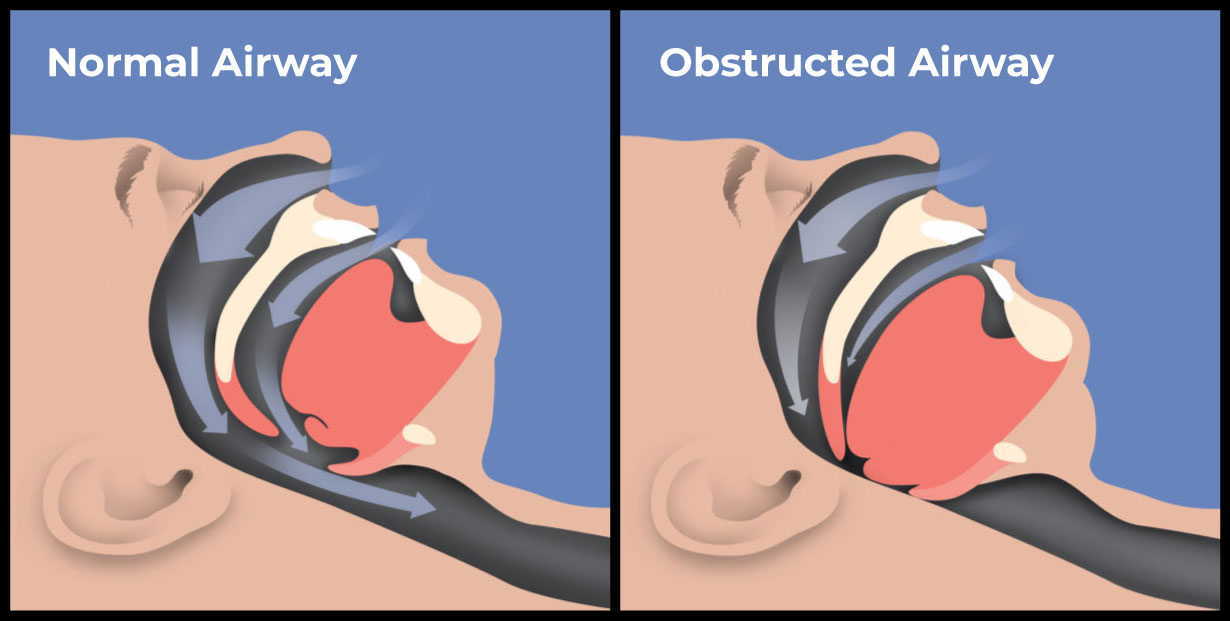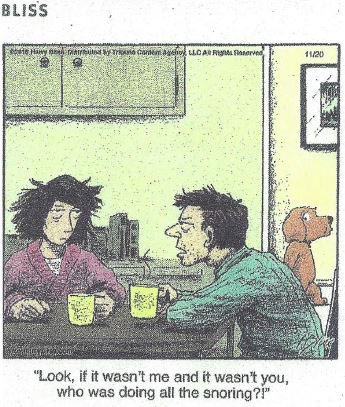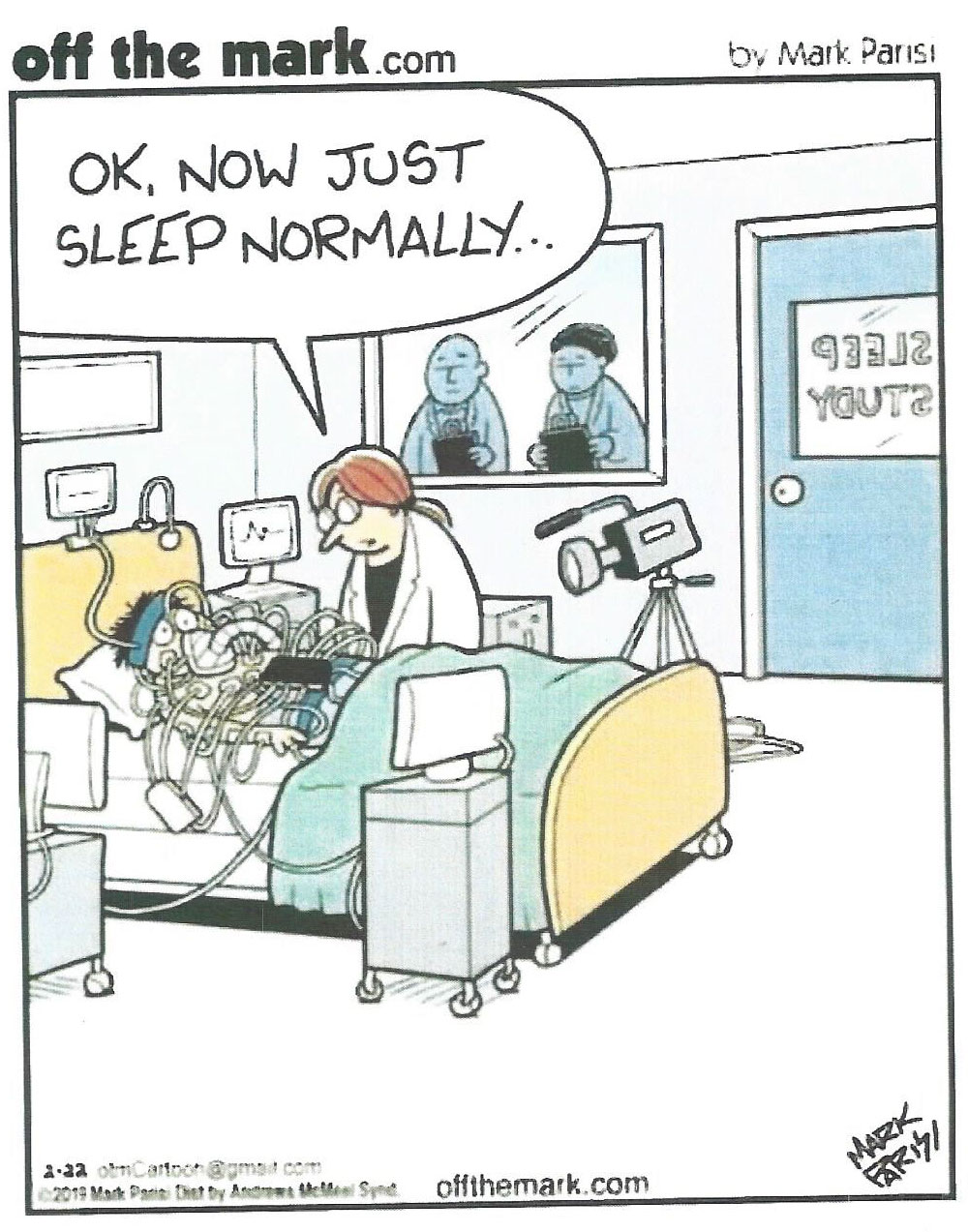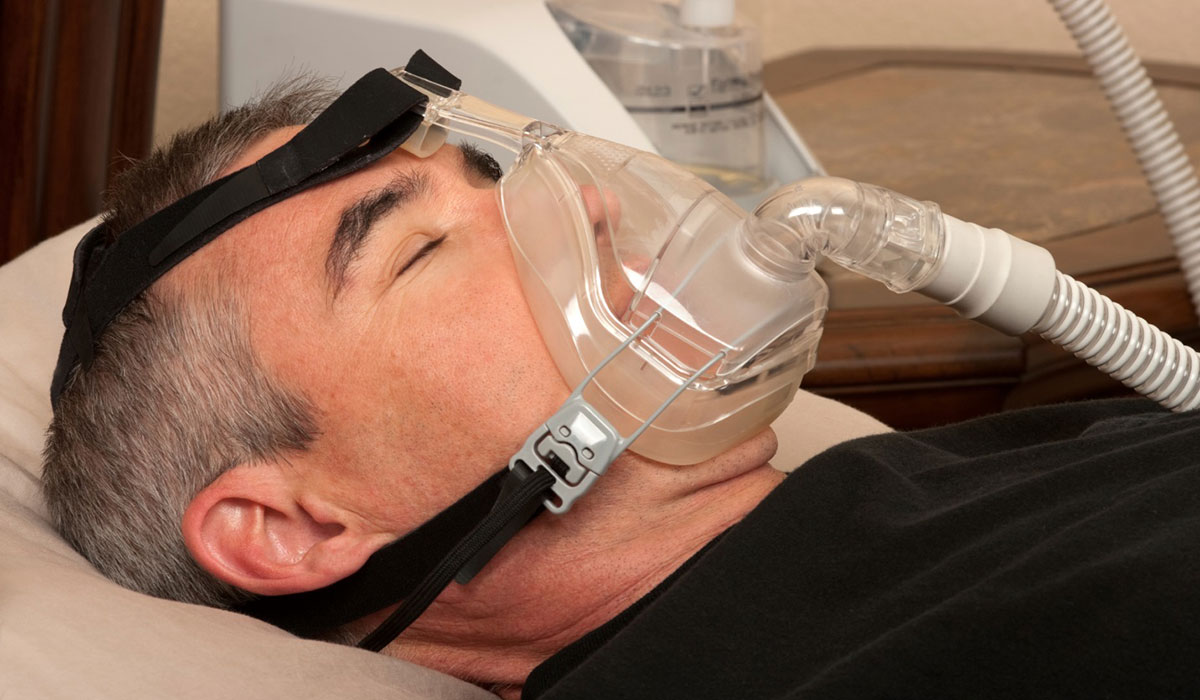Breathe Easy -
Sleep Tight.
Providing Relief for Obstructive Sleep Apnea (OSA)
Serving Kamloops, B.C. and Surrounding Area
Dr. Patch, a qualified physician and dental surgeon with over forty years practice, has undertaken the necessary sub-specialty training to enable him to help diagnose and treat OSA in conjunction with the sleep specialist doctors and the respiratory therapists at the sleep lab in Royal Inland Hospital. He has taken the necessary courses to qualify as a "Sleep Dentist" and is qualified to fabricate and titrate mandibular repositioning appliances for the treatment of Obstructive Sleep Apnea. He initially trained with Doctor Wayne Halstrom of the Vancouver Institute of Sleep Medicine where he qualified to fabricate and titrate the 'Silencer', a custom fitted oral sleep appliance designed and fabricated by Dr. Halstrom since the 1990’s. While the ‘Silencer’ is no longer available due to technical and material availability problems, several thousand of these oral appliances are continuing to provide excellent treatment for their existing sleep apnea owners.
For the past year, both Dr. Halstrom and I have been providing a set of new sleep appliances manufactured by the SomnoMed Company of Australia with excellent results.
Obstructive sleep apnea is a potentially serious sleep disorder wherein breathing repeatedly stops and starts. Apnea (or ‘Apnoea’) literally means “without breath”, and in sleep medicine the term is defined by a stoppage of breath for ten seconds or longer, resulting in a rapid drop of blood oxygen levels. Obstructive Sleep Apnea is caused by the upper airways being blocked by collapsing of the soft tissues and muscles of the throat, soft palate and tongue.

The continual repeated drops in blood oxygen levels resulting from untreated OSA can lead to high blood pressures, high blood sugars and insulin abnormalities, heart stress and arrythmias, and other metabolic disorders leading to increased risks of serious and life-threatening cardiovascular or metabolic events. OSA may also lead to excessive daytime ‘sleepiness’ resulting in, among other problems, a decrease in concentration and memory performance, depression and occasionally serious accidents such as falling asleep while driving! Excessive, loud snoring often accompanies or preceeds OSA.

Obstructive Sleep Apnea is a medical disorder and can only be definitively diagnosed by a qualified medical practitioner, usually with extra training in sleep medicine. There are three common diagnostic testing modalities to help establish a confirmed diagnosis:
Overnight Oximetry – an oxygen monitor is attached, usually to a finger over the nail, and connected to a device which records the blood O2 percentage levels overnight for one or two nights. The recording is then read by a sleep specialist and a report is produced.
A level III home study is set up where the patient is fitted with measuring devices including a mask to record respiration data, snoring activity, oxygen levels of the blood, cardiac and pulse activity and possibly breathing efforts on chest muscles, and other data such as body positioning. The data is recorded as above with a device to track the data over one or more nights, then sent to the sleep doctor for reporting.
A level I Polysomnogram (PSG), conducted in a ‘Sleep Lab’ where several measurements including an electroencephalogram (EEG) where sleep scientists track the cycles of light, deep and ‘dream (REM)’ sleep stages via measuring distinctive brainwaves by recording weak electrical impulses from deep within the brain. Altogether the PSG records over six sleep related bodily activities including lateral eye muscle movement for REM (rapid eye movement) recording, cardiac functioning, respiratory air flow, skeletal muscle movements and of course blood oxygen measurement and snoring activity.

Help, over the years to silence the snoring and gasping for breath after an apnoic spell has taken many and often futile forms. Excluding surgery for the most severe cases, often involving removing or altering anatomical malformations of skeletal and soft tissue origin, the most common and usually successful treatments involve temporarily removing or displacing the blockage of the upper airway.
The most successful and acceptable forms of OSA treatment, being reversable during the waking hours, yet allowing for a comfortable sleep period, involve forcing air past the obstruction to enter the lungs, or to gently reposition the soft tissues away from the obstruction site, and allow normal breathing to transpire.
Forcing air under pressure through the obstruction is affected with a machine called a C-Pap apparatus. This stands for Continuous Positive Air Pressure and uses a fitted mask over the nose or nose and mouth, connected to a flexible hose connected to a compressor to pump air at a fixed or variable pressure past the obstruction region and into the lungs.

Devices utilized to reposition the obstructing tissues of the upper airway are numerous in design and vary greatly in their ability to allow predictable airflow, while being comfortable for the patient. There exist literally hundreds of devices which try to achieve these goals, and their effectiveness in treatment results range from excellent to ineffective or even dangerous. As a result of the wide spectrum of efficacy in treatment results, the regulatory bodies of Medicine, Dentistry and the American Academies of Sleep Medicine and Dental Sleep Medicine have all adopted clear and uniform Standards and Guidelines for the Treatment of Obstructive sleep Apnea and Snoring with either C-Pap or Oral Appliance Therapy, as published in the Journal of Clinical Sleep Medicine in 2015. The summary cover sheet of this ten-year international study, fifty-four page document, is attached!
AADSM Standards & GuidelinesAvant Oral Appliance
B Flex Inner Lining
Chris: Sleep Medicine Patient
Betty: Sleep Medicine Patient
Robert: Sleep Medicine Patient
From the first cases of providing the SomnoDent Appliances in September of 2022, both Dr. Halstrom and I were pleased and impressed how every case fit comfortably and with excellent retention in our patient’s mouths. We feel confident that our choice to replace our reliable ‘Silencer’ Mandibular Repositioning Appliance with the new, Computer Designed Avant and Flex Devices was an excellent decision for both our patients and ourselves. The “no questions asked” full three year warranty for any appliance defects occurring with normal usage is yet another positive reason for our choice in choosing the SomnoMed products.
Effective diagnosis and treatment approaches for this ‘Pandemic’ of Obstructive Sleep Apnea has become an important issue of continuing Medical – Dental Education in recent years when the alarming statistical evidence of just how prevalent this potentially deadly sleep disorder has grown in our society. Some studies suggest that as many as over 50% of all adults, men and women equally, over fifty-five years of age have some degree of Obstructive Sleep Apnea.
Dr. Patch has been presenting one to four-hour, Power-Point Seminars entitled ‘Breathe Easy – Sleep Tight’™ to audiences of Medical and Dental practitioners, encouraging both groups of health care professionals to become more aware of the signs and symptoms of the disorder, and hopefully to consider becoming more involved with the diagnostic and treatment aspects of this under-recognised health problem.
Interested professional groups interested in exploring the topics are welcome to contact Dr. Patch through this Web Site.
Weekdays by appointment.
1.778.471.3712